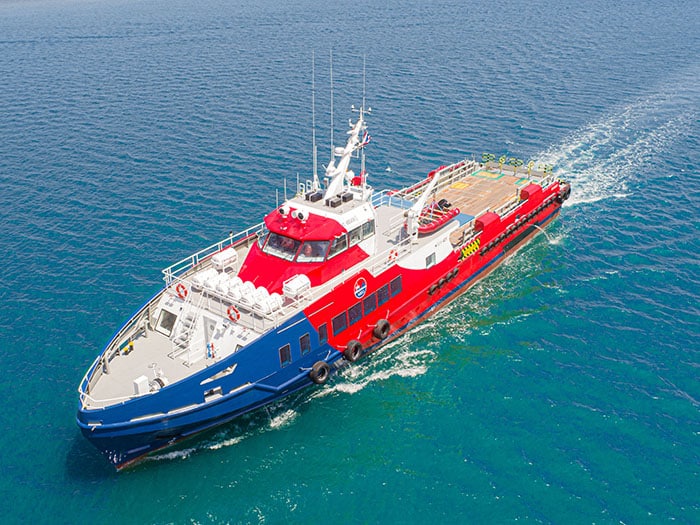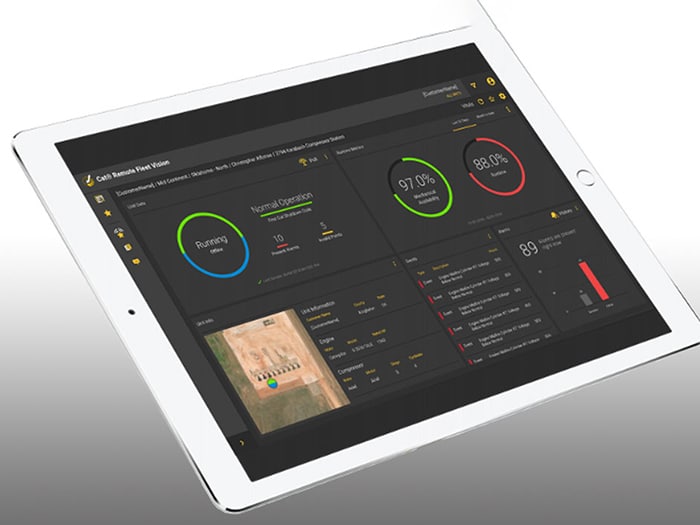
15 Feb Ascenz Marorka to equip MEO Group with EFMS solution
(Article from Marine Log) (Photo credit @MEO Group)
A new crew boat to be built at Penguin Shipyard for Singapore-based MEO Group will be the world’s first to have Cat Remote Fleet Vision (RFV) installed onboard. MEO is collaborating with the shipyard and with authorized Cat dealer Tractors Singapore and Ascenz Marorka on the project.
During the construction phase of the crew boat, Cat RFV and Ascenz Marorka’s fuel monitoring will be integrated into a single dashboard designed by Cat.
 Cat RFV and Ascenz Marorka fuel monitoring are incorporated on a single dashboard
Cat RFV and Ascenz Marorka fuel monitoring are incorporated on a single dashboardRFV will remotely monitor the vessel’s main engines and auxiliary engines’ key parameters in real time, enabling MEO Group’s shore-based personnel to track all recommended repair and maintenance remotely and promptly. It also provides early detection on potential issues for predictive maintenance and support the prevention of unplanned downtime.
Additionally, the remote fuel tank monitoring capabilities will communicate the amount of fuel available as well as how much is being supplied. The remote fuel monitoring function also allows MEO Group to analyze data to enhance operational efficiency.
MEO Group says that, in striving to provide high vessel technical availability to its clients, it recognizes the need to move towards digitalization to ensure timely access to data and data-based insights. It says that the ability to monitor the vessels’ operations remotely enables it to become a smart and more efficient ship operator.
“Our crew mobility transport business must work like clockwork and MEO Group must adapt and innovate to remain competitive and relevant,” says MEO Group CEO Darren Ang. “The same holds for our fleet management. We are entering an era where data technology and connectivity will reshape the way we operate. Fleet digitalization is not just a necessity, it is an opportunity. It will help us to be more efficient, reduce cost and improve safety and sustainability of our fleet.”


